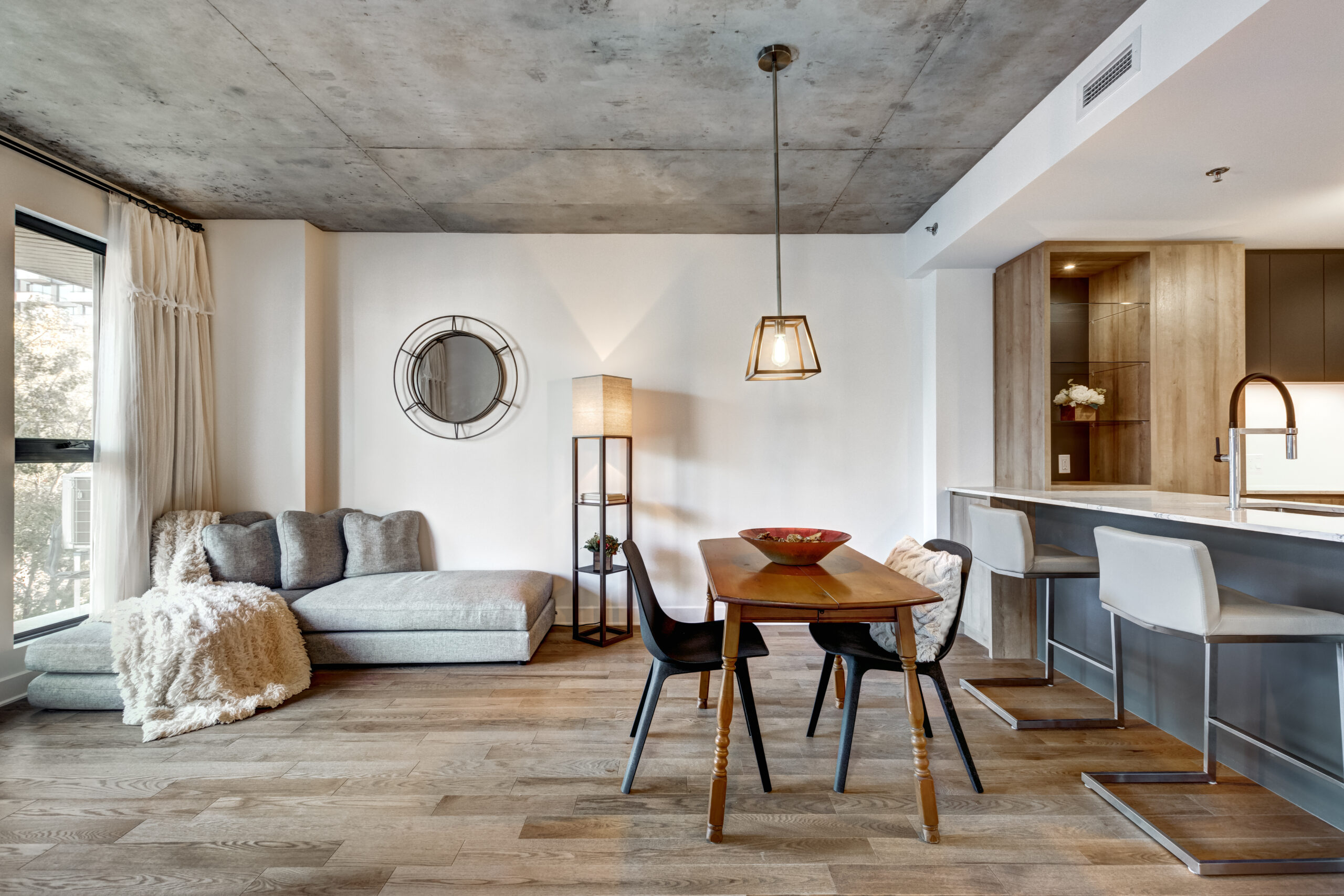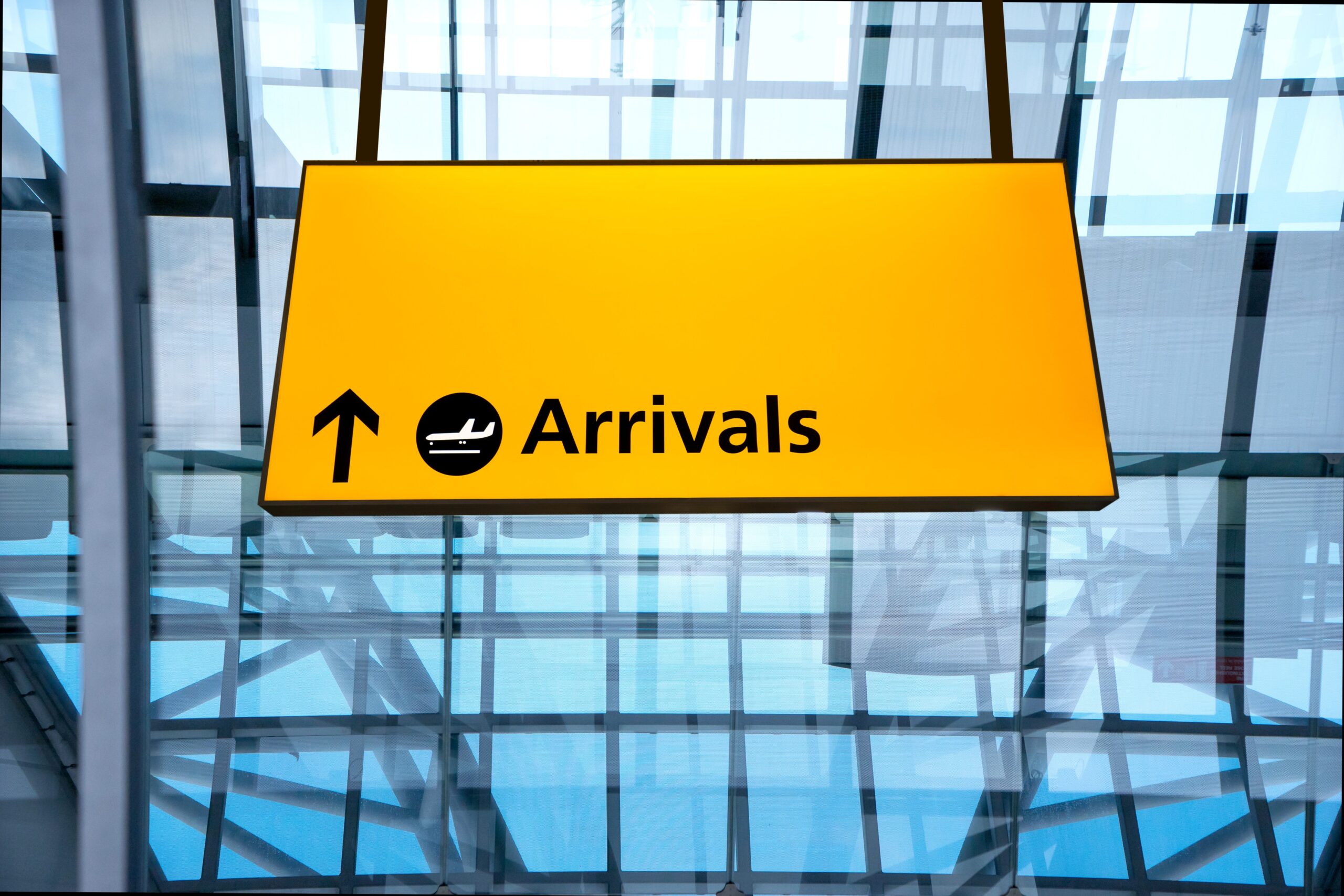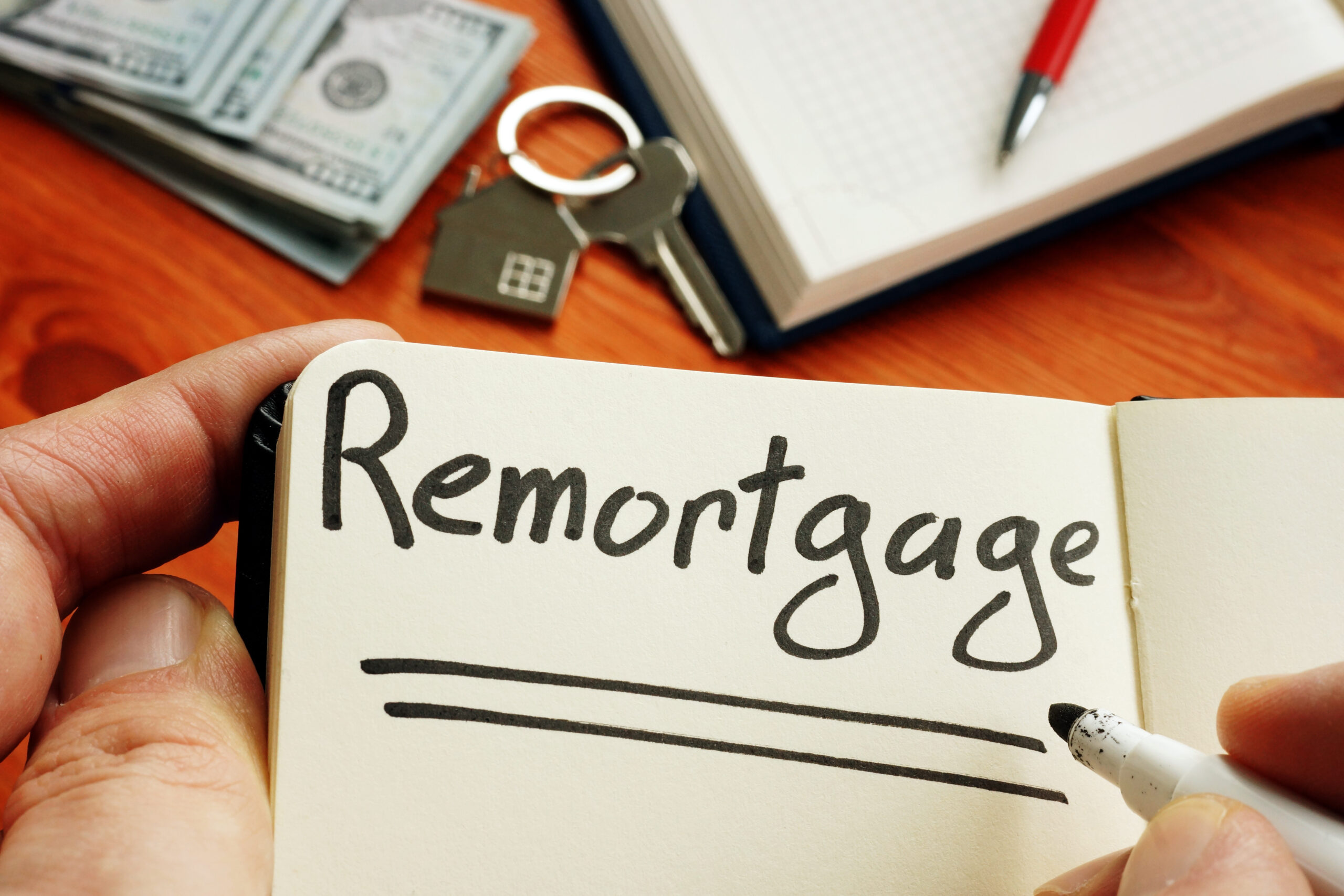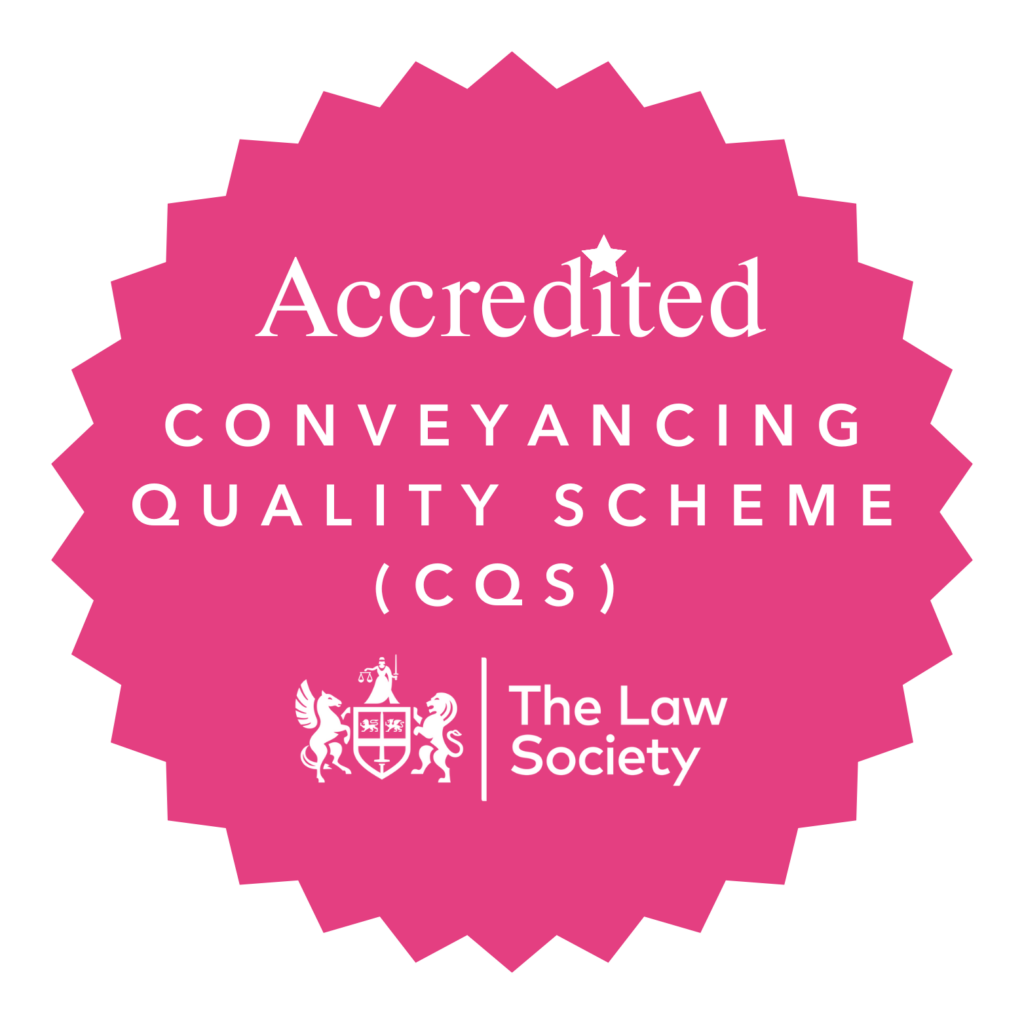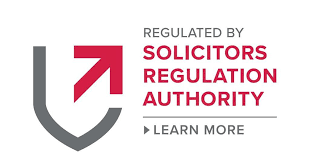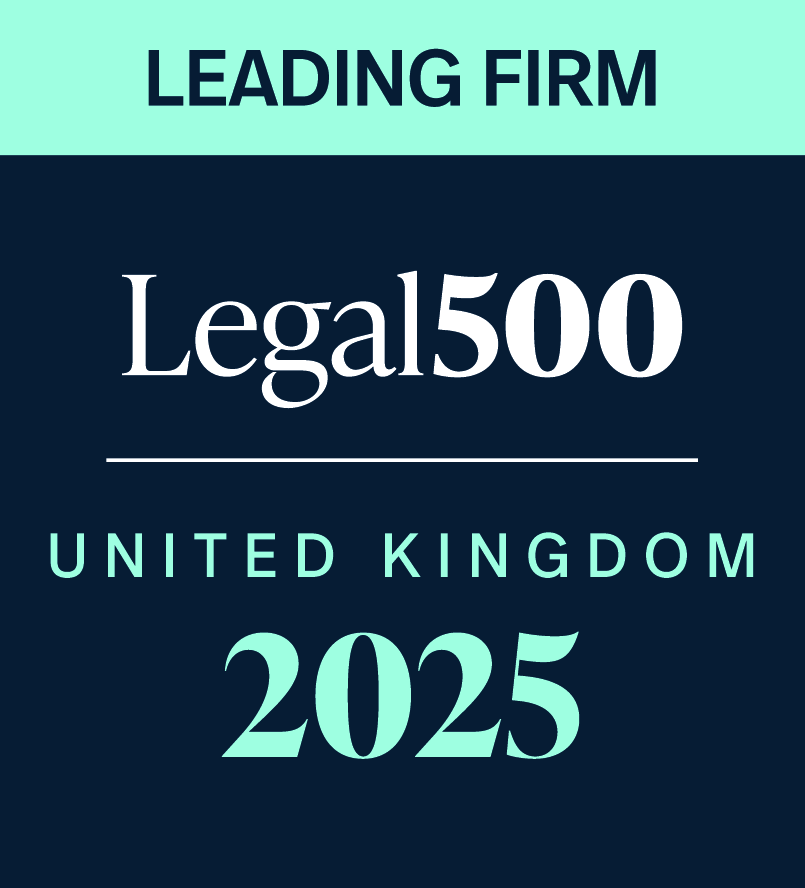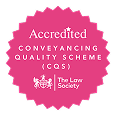The Building Safety Act and much of its associated secondary legislation came into force in October 2023. Since then, it has become increasingly clear that the construction industry faces significant challenges in complying with the new legislation. For buildings of 18 metres high or with 7 storeys, the Building Safety Act 2022 (BSA 2022) provides that accountable persons which include landlords and management companies shall carry out building safety risk assessment immediately after they take their positions; however, in some circumstances, they may be able to pass on some or all costs to leaseholders. Whether a leaseholder has a qualifying lease or non-qualifying lease will determine if they are liable for building safety remedial costs.
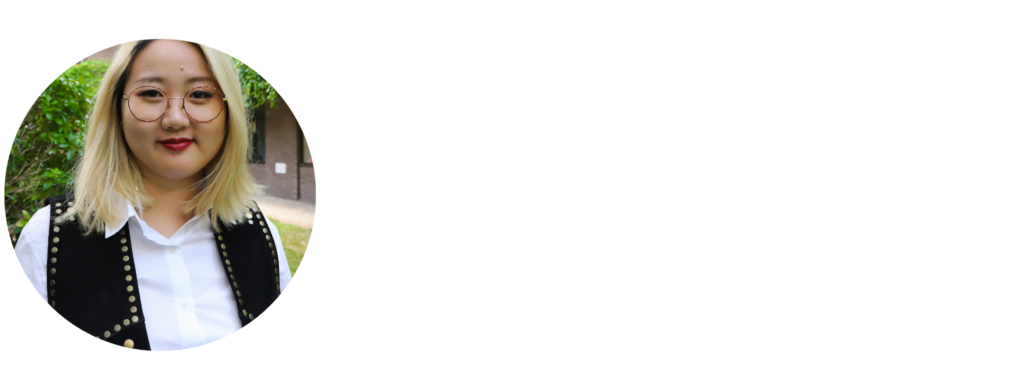
As the remedial works can at times be very costly, it is vitally important for leaseholders to know whether they will be responsible for such costs. And, if they are responsible, how much, which costs, and to what extent, is further dependent on whether a lease is qualified or not.
What is classed as a qualifying lease?
A qualifying lease is a lease under BSA 2022 where it is a long lease of a single-dwelling, under which the leaseholder is required to pay a service charge and which was granted before 14 February 2022 and, as of at that date, was either the leaseholder’s home, or the leaseholder owned no more than 2 additional dwellings in the UK. The new law created legal protections for qualifying leaseholders from historical building safety costs. There is also a limit of the costs that the building owner could recoup from the leaseholder.
Who pays to remediate tall buildings affected by fire safety issues?
Cladding related remediation work
Government cladding funds
The government has a comprehensive plan for the removal of an unsafe cladding system on all buildings above 11 metres. Where the developer of a building above 11 metres cannot be identified or held responsible, funding will be made available through the Cladding Safety Scheme. The scheme is being delivered by Homes England and is open for applications for buildings between 11-18 metres in London and buildings over 11m in the rest of England, where a responsible developer cannot be identified, traced, or held responsible.
Leaseholder
- Qualifying lease – no claim for costs can be made against the leaseholder;
- Non qualifying lease – if no government cladding fund is available and no manufacturer is available, the leaseholder will have to bear the costs.
Non-Cladding related remediation work
Developer
Most major developers and housebuilders have agreed to fix “life-critical fire safety defects” and have entered into developer remediation contract with government. You can check the link below for more information.
Developer remediation contract – GOV.UK (www.gov.uk)
Landlord
Landlords which are associated with the developer of the building, being part of the same group or owned directly or indirectly by the developer or vice versa, no claim for costs can be made against tenants.
- In other circumstances, landlord will also not be able to claim remediation cost from qualifying leaseholder if it has a group net worth of over £2 million times the number of relevant buildings in the landlord’s group.
The landlord must provide a Landlord certificate when they want to pass on part of the cost of remediation onto leaseholder, through the service charge or within 4 weeks of leaseholder requesting a landlord’s certificate.
Leaseholders
Qualifying lease
How much building owners can recoup from the leaseholder depends on the value of the relevant lease. If it is below £175,000 outside London, or £325,000 within London, no costs can be recouped from the leaseholder. If it is not less than £175,000 outside London or £325,000 in London, but does not exceed £1,000,000, any contribution by the leaseholder will be capped at £10,000 outside London or £15,000 in London.
However, if the property value exceeds £1,000,000 but does not exceed £2,000,000, any contribution by the leaseholder is capped at £50,000. If it exceeds £2,000,000, any contribution by the leaseholder will be capped at £50,000.
In the meantime, any remedial contribution by the leaseholder must be spread evenly over 10 years, hence a maximum of £10,000 a year.
Non-qualifying lease
The landlord can claim cost without limit from leaseholder in relation to any remediation works.
It should be noted that the Building Safety Act 2022 only applies to properties constructed from 28/06/1992 to 27/06/2022 or any subsequent work to remedy the historic defects originated from this period of time. For any building which is completed after 27/06/2022, it is expected that they should have met all the relevant safety requirements and hence be free from such risks.
Fingers crossed!
Have questions? Get in touch today!
Call us on 020 7928 0276, phone calls are operating as usual and we will be taking calls from 9:30am to 6:00pm.
Email us on info@lisaslaw.co.uk.
Use the Ask Lisa function on our website. Simply enter your details and leave a message, we will get right back to you: https://lisaslaw.co.uk/ask-question/
For more updates, follow us on our social media platforms! You can find them all on our Linktree right here.


